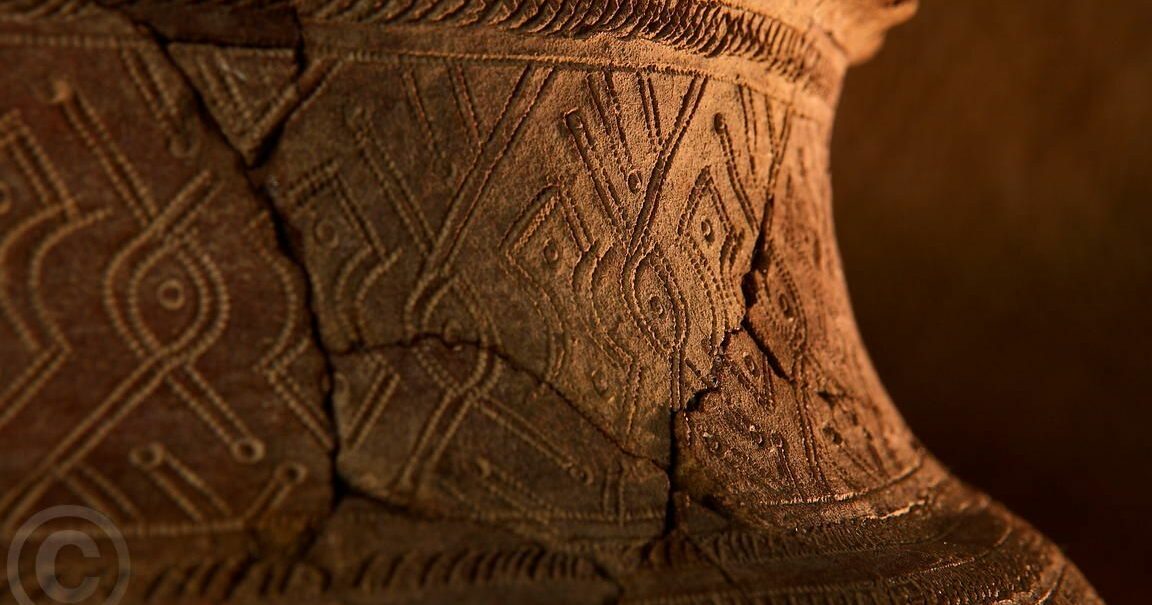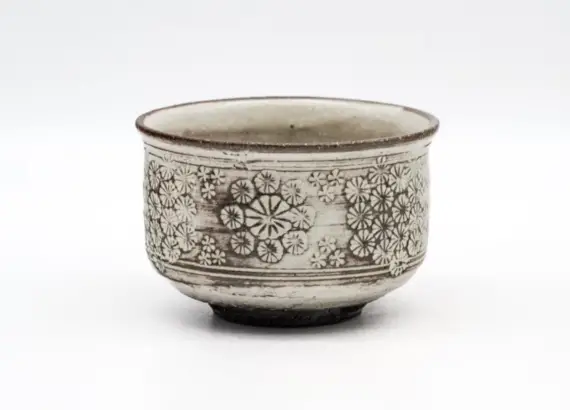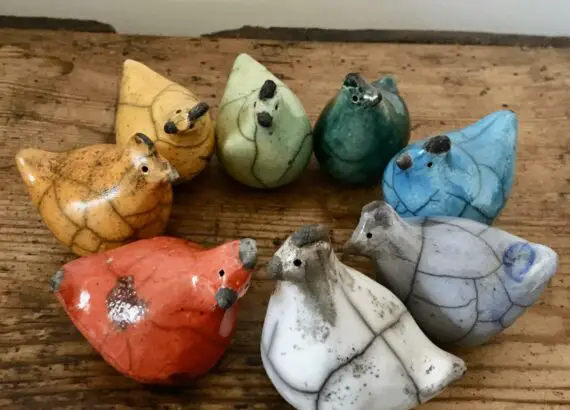A Complete Guide to Lapita Pottery

Art speaks where words are unable to explain. These are the words of Pam Holland, which means that art is a form of expression which carries a message, or history. Lapita pottery is a form of pottery whose discovery has shed more light on the people and culture around its making and existence.
It is a combination of pottery mastery and artistic brilliance, as the molded items are engraved with markings and drawings which reflect the culture of its makers. Appreciating Lapita pottery is a journey of exploring the history and the rich memories it holds.
Table of Contents
History and Origin of Lapita Pottery
Lapita pottery originated from the Lapita culture in the Western Pacific, New Caledonia. Ceramics from Lapita are particularly well-known, with elaborate looping geometric designs that occasionally include human-like faces and figures.
Pacific archaeologists ascribed the name Lapita to a type of pottery that has been discovered on islands across a broad arc of the southwestern Pacific, beginning in the west at the small town of Aitape on New Guinea’s northern coast and ending in the east at the small-island archipelagos of Fiji, Tonga, and Samoa.
The Lapita people originated in Taiwan and other East Asian countries. By 2000 BCE, they had settled themselves on the Bismarck Archipelago (northeast of New Guinea) as highly dynamic seaborne explorers and settlers. They expanded to the Solomon Islands around 1600 BCE; by 1000 BCE, they had toucAhed Fiji, Tonga, and the majority of western Polynesia; and by 500 BCE, they had distributed to Micronesia.
Lapita peoples began spreading eastward through Melanesia’s islands and into the isolated archipelagos of the central and eastern Pacific approximately 1500 B.C., reaching Tonga and Samoa by around 1000 B.C. The Lapita were a nautical tribe that lived mostly on the shore rather than inland, and their skillful navigators were adept at crossing the ocean.

They also had a tattooing practice that was intrinsic to their culture and way of life. Tattooing was carried out using one of two methods: cutting or piercing. In certain situations, a line was created by making a series of very small cuts and then rubbing color into the open wound. A second method involves piercing the skin with a sharp point that has been dipped in the prepared pigment.
Small flake points created by alternate retouches have been found in Lapita cultural sites as evidence for tattooing. These tools, which are also known as gravers, have a square body with a tip that is raised considerably above the body. According to ThoughtCo. Robin Torrence and colleagues conducted a 2018 investigation on a collection of 56 similar instruments from seven sites, including use-wear and residue analyses.
They discovered significant variations in how the tools were used to purposely inject charcoal and ochre into wounds to create a lasting mark on the skin throughout time and geography.
Where Lapita Pottery was first located
As gotten from Lapita Pottery & Polynesians, “Elouae in the St Matthias Group, north of New Ireland, has the earliest Lapita pottery discovered to date. A solitary hearth feature connected with Lapita materials gives the dating of 1900 BC (3,900 years ago). Both the Admiralties, 300 kilometers to the east, and Talasea, 430 kilometers to the south, have obsidian at the Elouae location. It necessitates a lengthy maritime cruise.”
These sites also contain a variety of objects made of shell and stone, plain pottery, and faunal remnants, as well as a distinctive type of decorating known as “Lapita” (after the site where these ceramics were first described, the Lapita site on New Caledonia).
Lapita Pottery Designs
Lapita art is notorious for its ceramics, which contain elaborate repeating geometric patterns with anthropomorphic faces and figures thrown in for good measure. With a comb-like piece of equipment used to stamp designs into wet clay, the patterns were carved into the pots before the fire. Each stamp included a single graphic element that could be joined with others to create intricate patterns.
Much Lapita pottery is enormous pots that are assumed to have been used for food preparation, serving, or storage. Some of the motifs on Lapita ceramics are similar to those found on contemporary Polynesian tattoos and barkcloth.
A handful of freestanding clay figures displaying human-like and zoomorphic motifs, as well as a single bone picture representing a stylized human form, have been discovered at Lapita sites, in addition to vessels.
How was Lapita Pottery made?
Local clay was used to make Lapita pottery, which was tempered using calcium-rich sand, mud, and shredded seashells. The vessel wall would be formed by attaching this mixture to thin clay slabs and shaping it with sticks and stones. The clay would be stamped, engraved, or ornamented with designs before it was totally dry and solidified over an open fire.
Furthermore, the Lapita pottery’s production method and ornaments are identical to those of traditional Southeast Asian pottery at the time. The oldest Lapita ceramic pieces, on the other hand, include ornate facial designs that are of little practical value and are unique from other decorative patterns used on the islands at the time.
Pottery with complex decorative designs that show Lapita influence was manufactured from a variety of materials, based on what was accessible, and its makers utilized several tactics, dependent on the available tools.
These decorations could have been transferred from less durable materials like bark fabric (“tapa”) or mats, or tattoos, onto the pottery — or applied from the pottery onto other materials.
Conclusion
Lapita pottery has long been out of production, as the period and time of the pioneers of this art has passed. Gone with them, is the original expertise and knowledge about this art form, which is influenced by the culture and beliefs of the people in that period. Leaving behind shores filled with artistic brilliance to be appreciated and carry on their identities through time.



